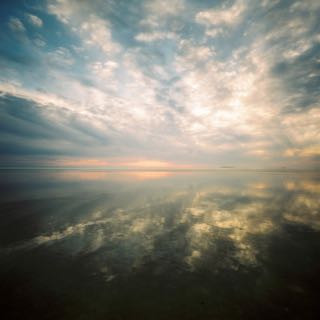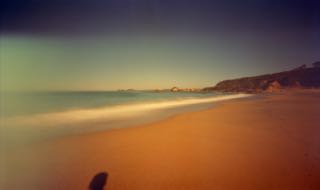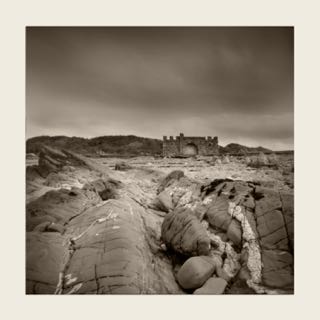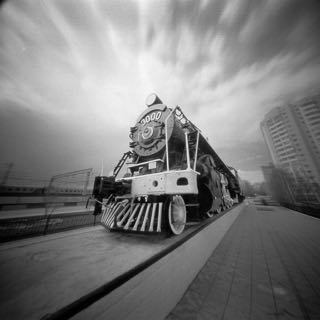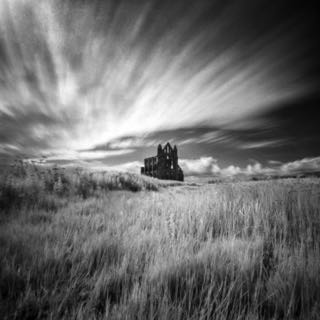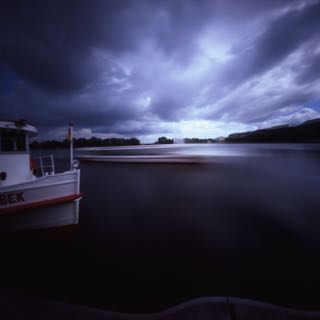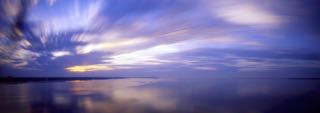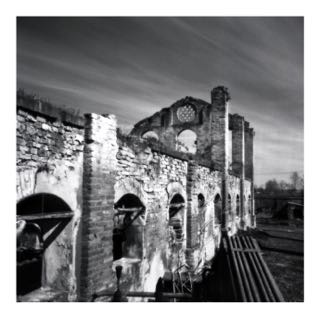Friends –
I feel I’ve let you down. You see, I’ve known for a few weeks now that Nils Karlson’s book, “Earth Stands Still”, would be coming via crowdfunding. I’ve known this whole time that it was going to be a triumph of pinhole minimalism. But due to some travel and a mixup, I’m getting this announcement out a few days late. To say the book is flying off the shelves is an understatement, and I’m so happy to see that Nils’s work is being received so well. So for those of you who miss out, I apologize!
You have to check out Nils’s work. What follows is the ƒ/D interview with him, along with some sample imagery. Have a gander, and then head over to his IndieGoGo – and fast! There’s barely any copies left, and it is a limited printing.
All photos ©Nils Karlson 2016[spacer height=”20px”]
ƒ/D: How did you discover your passion for photographing coastal areas in this impressionistic way? Is it a vision that you had been searching for? Did you start with some happy accidents that developed into something more? Something else?
NK: It started out with a rather usual approach, trying to record the scene as it appeared in front of my eyes. But I have never found a true connection to my subject by this. This changed when I stumbled over an excellent book – „Liquid Light“ by Fabien Baron – at the photobook exhibition in Cologne 2014. It featured the most minimal and quiet photos of the seascape I have ever seen: All long exposure images, featuring the horizon dead centre in a vertical frame. This became my starting point for this leg of the journey, and several concepts in respect of technical approach evolved from here.
[singlepic id=489 w=600][spacer height=”20px”]
What influence has the shore had on other aspects of your life?
As long as I can remember I was drawn to the sea. We used to spend summer vacations at the North Sea, and I was always fascinated by the view, sound, scent, and feel. Today, I love the vastness, when you can see for miles and miles. In the densely populated area I live in, you will not find that. There will always be some kind of obstruction. Also the light has a unique character, especially in the very early or late hours. I travels through a lot of atmopshere, where it gets scattered and incredibly soft. Fortunately, my wife loves the sea, too – and it is a great place to bring our dogs!
[singlepic id=490 w=600][spacer height=”20px”]
[singlepic id=495 w=600][spacer height=”20px”]
These sorts of minimalist impressionist photos leave so much space for the viewer to explore their own feelings in the scene. What do you find yourself getting from them?
The answer lies within he question – it is space what I am looking for. Vast spaces, where the eye can wander without obstacles. Silence is made of vast spaces bare of distraction, and silence might be the most profound factor i am searching for.
[singlepic id=491 w=600][spacer height=”20px”]
You quote lyrics from the band No Omega in your book, a passage questioning modern society’s priorities. The photos in the book are like an epiphany of calm, while No Omega is anything but. Can you talk about how you relate this harsh music to your nature photography?
That’s a long, and probably confusing story, but I will try to make it somehow cohesive. Ever since I can remember, I had difficulties to filter sensory impressions, especially noise. This put a lot of stress on me, and the first device to control all these impresions was sister’s first walkman. Wearing headphones, I was able to control sound from the outer world as well as the crippling voice of selfsoubt (latter one only to a small degree). This brought me to music, and to the drums when I was about eleven. The more ferocious and noisy the music, the better it works as a shield – bury the sound under another sound. It was a progression from bands like Iron Maiden, Deep Purple and Jethro Tull over Anthrax, a lot of bay area thrash and death metal. As I found the lyrics of most bands well beyond cheesy, I expanded my vocabulary to hardcore and eventually lots of political grindcore and experimental bands. Listening to all that rather noisy music used to be my safety blanket. But after all these years, it started to wear off. When my wife and me had a vacation on La Palma (Canary Islands) in 2009, it was the first time I was confronted with silence. Actually, this trip was the foundation for pretty much everything I do in the photographic realm these days. Since then, it has become like a quest for me – seeking silence. I seek the most quiet dialogue with the landscape. When I crate these photos, I never listen to music. I don’t need to. The problem is that I do not find that silence where I live. That’s where I fall into old patterns and use music as a suit of armor. But still, I find the lyrical content of music to be a crucial factor, and I am always looking for bands who are passionate and authentic. No Omega is one of these bands, and I find myself in their music to a point which is beyond my means of written expression. Actually I have a quite braod taste in music, with a lot of Indie, old (and oldsounding) Emocore, and instrumental bands with a „cinemascope approach“ balancing the fury. I live in a constant state of contradictions existing simultaneously anyway, and I have stopped believing in the concepts of absolute truth. Embrace Ambivalence.
[singlepic id=492 w=600][spacer height=”20px”]
[singlepic id=497 w=600][spacer height=”20px”]
There are many studies of the shore in this book, and I’m sure many many that didn’t quite make the cut. How do you choose?
Even in high quality photo books, I often miss a cohesive story, flow, and dramaturgy. My goal was to treat the book like a musical album. Have an Intro, build and release some tension, finish on a a strong, but subtle note. Creating an organic flow of light, colour, and atmopshere was the most time consuming aspect. A lot of strong and beautiful photos do not appear in this book, as they just did not fit into the flow. Other photos, which I found to be just „quite decent“ without context, proved to support the story, leading to a perfect sequence of images. Editing is hard though. Sometimes you have to push your favourite kid off the cliff.
[singlepic id=493 w=600][spacer height=”20px”]
[singlepic id=496 w=600][spacer height=”20px”]
What technologies did you use to shoot these photos? Were they all pinhole?
For seascapes, I love to work with long exposures, whether in a normal camera or lensless.
In Earth Stands Still, one of the three chapters is dedicated to the vision of the pinhole camera. Isn’t it amazing how the very stripped down to the bare bones concept of the pinhole camera yields such atmopshere and mystery? Throughout the few years I am using pinholes, I have tested a lot of different cameras. The difference in the way they render a photo is stunning, having each a distinct characteristic on their own, just like some lenses. Also, I find it to be fascinating to work without any kind of finder – everything is more of a guess, from composition to the inaccuracy of the manual exposure. The pinhole rules out all the „merits“ of the technical revolution, and becomes much more a part of the person using it.
Another technique I use to depart from the scene in front of my eyes towards the image inside my head, are intentional camera movements. These are inspired by Australian photographer Steve Coleman and other artists he featured on his blog. Ethis technique benefit from happy accidents, though I also practiced different movements with a small digital camera before transferring the knowledge into the realm of film.
[singlepic id=494 w=600][spacer height=”20px”]
